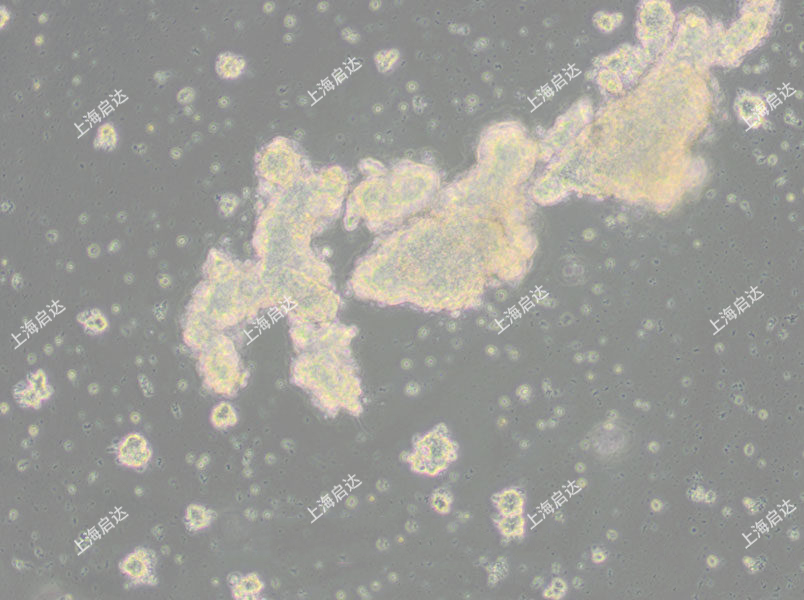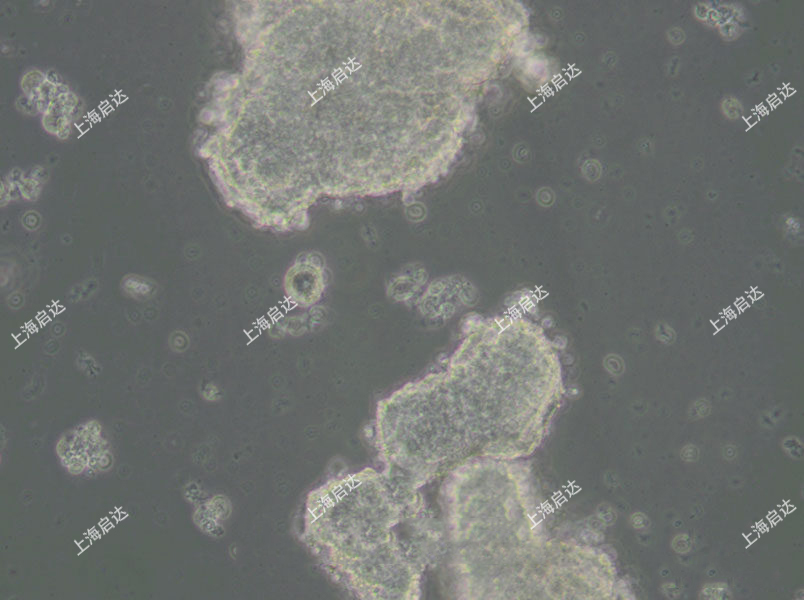PubMed=13874682; DOI=10.1073/pnas.48.7.1184
Buonassisi V., Sato G., Cohen A.I.
Hormone-producing cultures of adrenal and pituitary tumor origin.
Proc. Natl. Acad. Sci. U.S.A. 48:1184-1190(1962)
PubMed=8383976; DOI=10.1677/jme.0.0100025
Farrell W.E., Stewart M.F., Clark A.J.L., Crosby S.R., Davis J.R.E., White A.
Glucocorticoid inhibition of ACTH peptides: small cell lung cancer cell lines are more resistant than pituitary corticotroph adenoma cells.
J. Mol. Endocrinol. 10:25-32(1993)
PubMed=15541569; DOI=10.1016/j.mce.2004.07.018
Ooi G.T., Tawadros N., Escalona R.M.
Pituitary cell lines and their endocrine applications.
Mol. Cell. Endocrinol. 228:1-21(2004)
PubMed=21214938; DOI=10.1186/1471-2164-12-14
Atwood B.K., Lopez J., Wager-Miller J., Mackie K., Straiker A.
Expression of G protein-coupled receptors and related proteins in HEK293, AtT20, BV2, and N18 cell lines as revealed by microarray analysis.
BMC Genomics 12:14-14(2011)
PubMed=25277546; DOI=10.1186/1471-2164-15-847
Didion J.P., Buus R.J., Naghashfar Z., Threadgill D.W., Morse H.C. III, de Villena F.P.
SNP array profiling of mouse cell lines identifies their strains of origin and reveals cross-contamination and widespread aneuploidy.
BMC Genomics 15:847-847(2014)
 400 179 0116
400 179 0116








